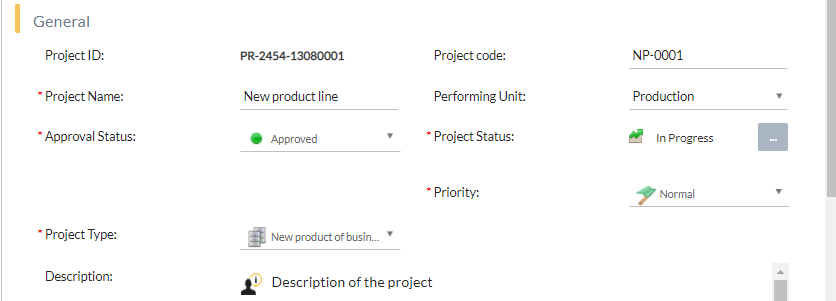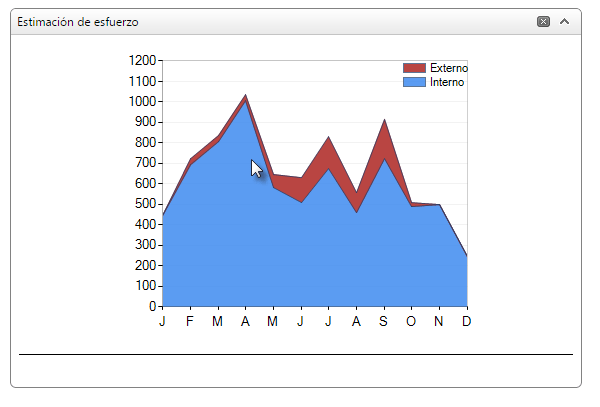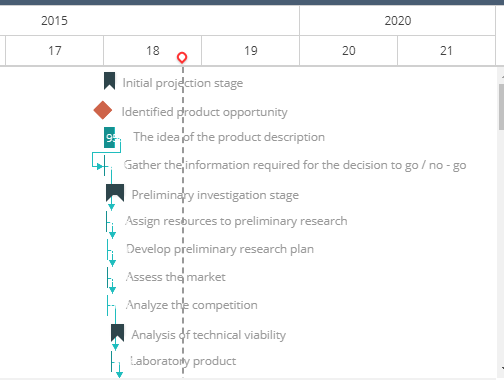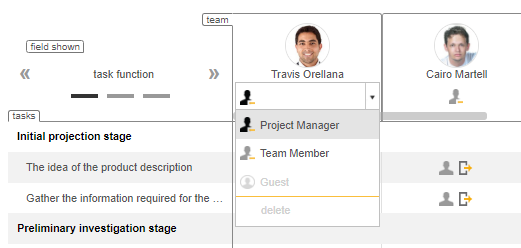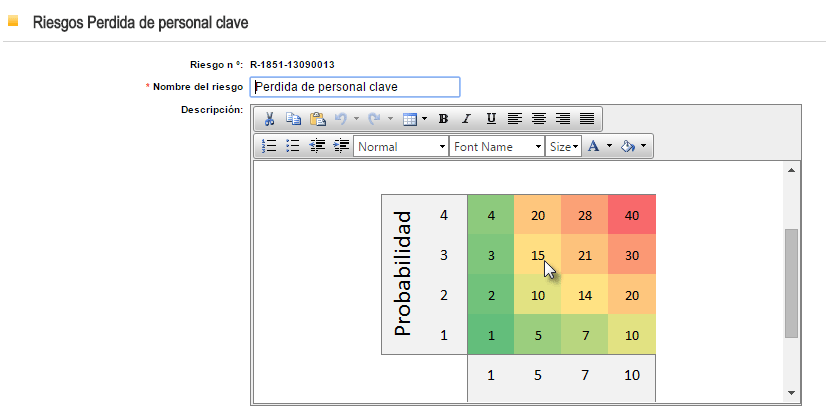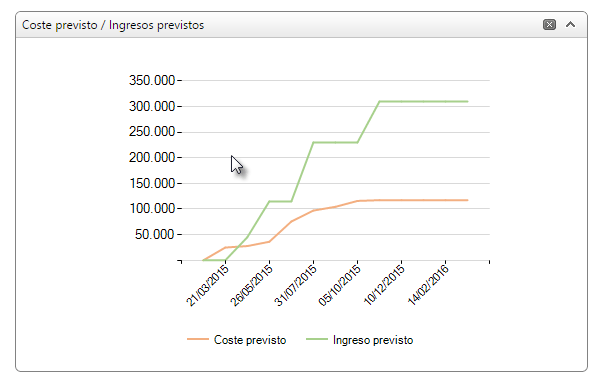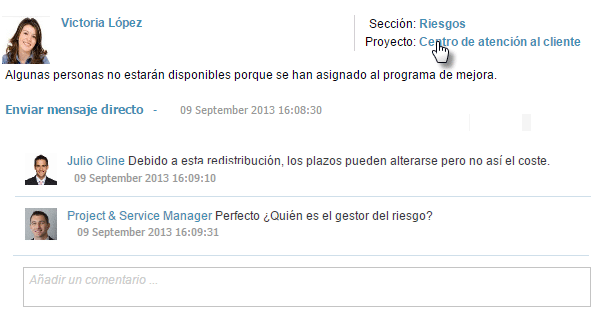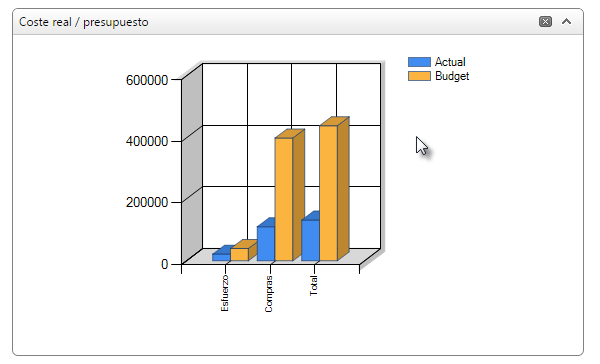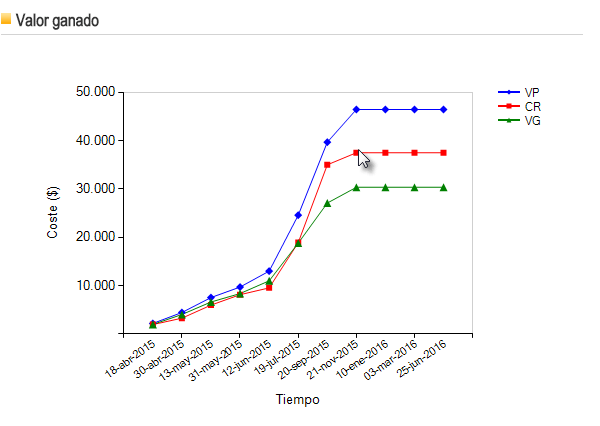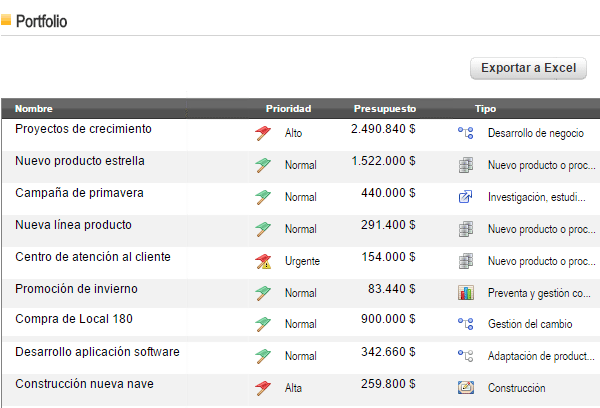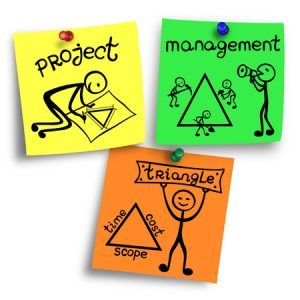 As quoted in the PMBOK, project scope is the portion of project planning that requires determining “the work that needs to be accomplished to deliver a product, service, or result with the specified features and functions.” Scope Management consists of 3 different processes: planning, controlling and closing. To understand how to successfully manage scope, you must have a detailed understanding of these 3 facets:
As quoted in the PMBOK, project scope is the portion of project planning that requires determining “the work that needs to be accomplished to deliver a product, service, or result with the specified features and functions.” Scope Management consists of 3 different processes: planning, controlling and closing. To understand how to successfully manage scope, you must have a detailed understanding of these 3 facets:
Planning
This is the first step. It requires you to define and document a list of all of the work that needs to be completed.
Controlling
Once you know what needs to be done, you’ll have to monitor scope creep, approve and disapprove project changes and track all processes. If you’re unfamiliar with the term scope creep it is also commonly known as function or feature creep. Scope creep refers to all of the continuous growth of a project’s scope or the unforeseen and uncontrollable changes that may occur.
Closing
This is the final process, it requires an audit of the deliverables where you will have to assess the outcome and compare it to what you originally envisioned the final product to be like.
As a project manager you understand that you’ll often bounce back and fourth between different project methodologies. However, regardless of which you choose to use, you’ll need to define the project scope. Make sure you are able to identify all of the following:
-
Project goals
-
Working schedule
-
Project phases and sub-phases
-
Budget
Once this is done, you should move onto completing the following 2 steps:
Step 1: Know what you need
You want to be able to develop a project timeline and get all of the resources you’ll need. To do so you should first start off by defining these needs- in other words the scope. Once you have completed this, you’ll be able to allocate tasks to specific team members.
Step 2: Understand what your objectives are
If you want to have a well-defined scope, you’ll need to have a clear understanding of what you wish to achieve through the completion of this project. For instance, you may want to develop an enhanced product or a new service. Regardless, you’ll need to outline all of the central objectives you have for your project. And as a project manager, it will become your goal and role to make sure that team members continuously aim to achieve these objectives.
Work Breakdown Structure (WBS)
The WBS is a very important component of Scope Management, however many project managers don’t realize this and choose to skip the step. This can lead to developing inaccurate plans that create complications for the completion of the project. WBS is extremely useful because it allows project managers to break down their scope statements into small units of work that are much easier to manage. These units are frequently known as packages and the result of following the WBS is that you’ll have a list of all the work packages necessary to complete your project.
Advantage point
Being familiar with Scope Management and all of the concepts previously listed will absolutely provide you with numerous benefits. You’ll be able to manage your projects more successfully and with less uncertainty and risk of failure. However, even with the knowledge you’ve just attained, there is always the chance you’ll come across unexpected circumstances. While you can’t prevent this from occurring, you can prevent your business from crashing by depending on a strong project management tool like ITM Platform. ITM Platform has an abundance PM tools which will help you manage scope and decrease ambiguity, relieving you from unnecessary work and confusion. ITM Platform continuously guides you in the right direction by requiring you to follow the proper steps of establishing a scope: completely defining your scope, finalizing and distributing it to all team members with the help of an integrated communication system.
Scope Management is easy to implement but does require time and effort. The reason why ITM Platform would be so useful is because it aids in extending past human thinking and defining scope with little granularity.
Go to http://www.itmplatform.com to learn more and see how you can sign up for a free demo.
Top 5 most read blogs on ITM Platform:
The Monte Carlo Method in Project Management
Three disastrous project management failures
The project in the face of adversity: what should a project manager do?
What is the Virtual Sock Management or Periodical Online Management?
Isidora Roskic-Blogger ITM Platform

 Perhaps the most important part of project management is that of control. Once the decision has been taken to launch and implement a project, the project manager must assume the responsibility for ensuring that each person involved completes their assigned tasks in order to thereby guarantee that the project runs according to plan.
Perhaps the most important part of project management is that of control. Once the decision has been taken to launch and implement a project, the project manager must assume the responsibility for ensuring that each person involved completes their assigned tasks in order to thereby guarantee that the project runs according to plan.